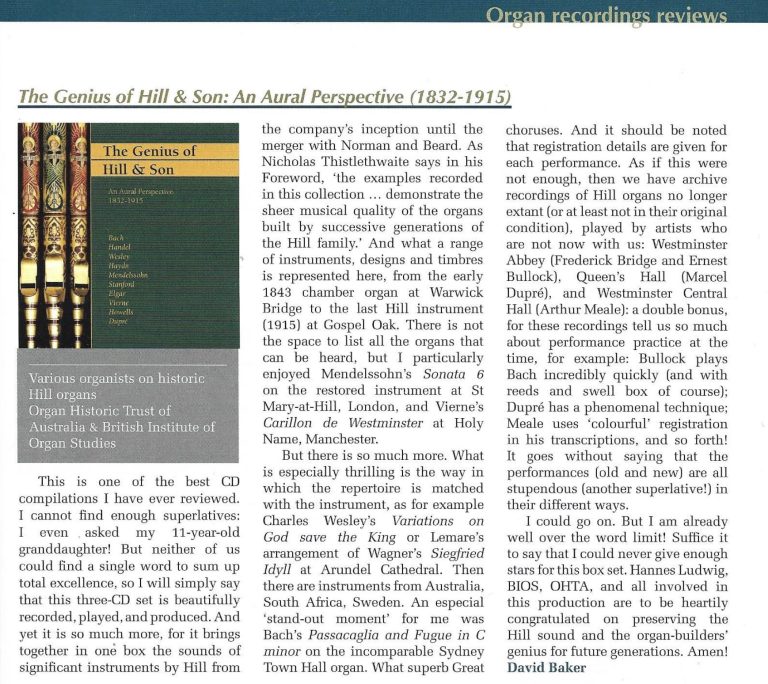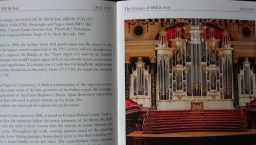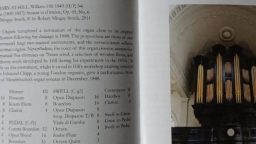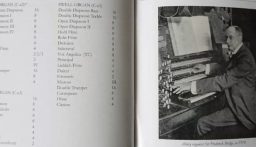Hill Audio-CD
Dokumentation


20 original erhaltene Hill-Orgeln zwischen 1832 und 1915 gespielt von 20 Organisten.
Organisten: Robert Ampt, Chris Bragg, Frederick Bridge, Ernest Bullock, Francis Bushell, Christiaan Carstens, Marcel Dupre, Alexander Eadon, Andrew Forbes, Bernard Heyes, Martin Kemp, Arthur Meale, John Kitchen, Pastor de Lasala, Hannes Ludwig, Robert Mingay-Smith, Per Ohls, Jonathan Scott, David Stevens, David Tagg.
Orgeln: Warwick Bridge, Makhanda (Südafrika), London St Mary at Hill, Ingrave, Manchester, Arundel Cathedral, Rosneath, Forchabers, Tanunda (Australien), London Streatham Hill, Goulburn (Australien), Sydney Town Hall (Australien), London Highgate, Kilbarchan, Hove, Falun (Schweden), London Gospel Oak, Westminster Abbey, Westminster Central Hall, London Queens Hall.
Orgelwerke von Bach, Händel, Mozart, Haydn, Wesley, Mendelssohn, Stanford, Elgar, Vierne, Howells, Dupré
80 Seiten booklet mit Fotos, Orgelbeschreibungen und Dispositionen. 3 Audio CDs.
22 € zzgl. 3€ Versand nach Deutschland
Versandkosten Ausland: 15€
© Hill's Angels. Alle Rechte vorbehalten.
Wir benötigen Ihre Zustimmung zum Laden der Übersetzungen
Wir nutzen einen Drittanbieter-Service, um den Inhalt der Website zu übersetzen, der möglicherweise Daten über Ihre Aktivitäten sammelt. Bitte überprüfen Sie die Details in der Datenschutzerklärung und akzeptieren Sie den Dienst, um die Übersetzungen zu sehen.


